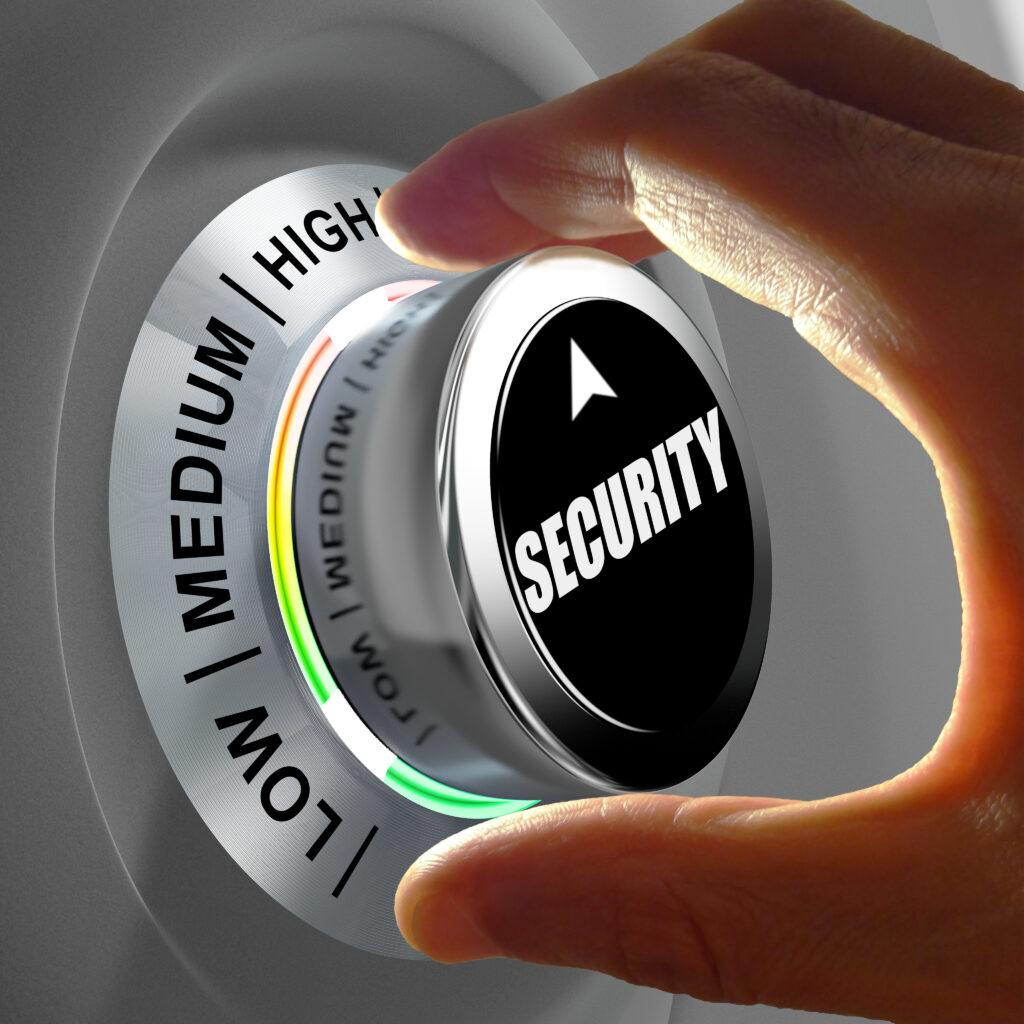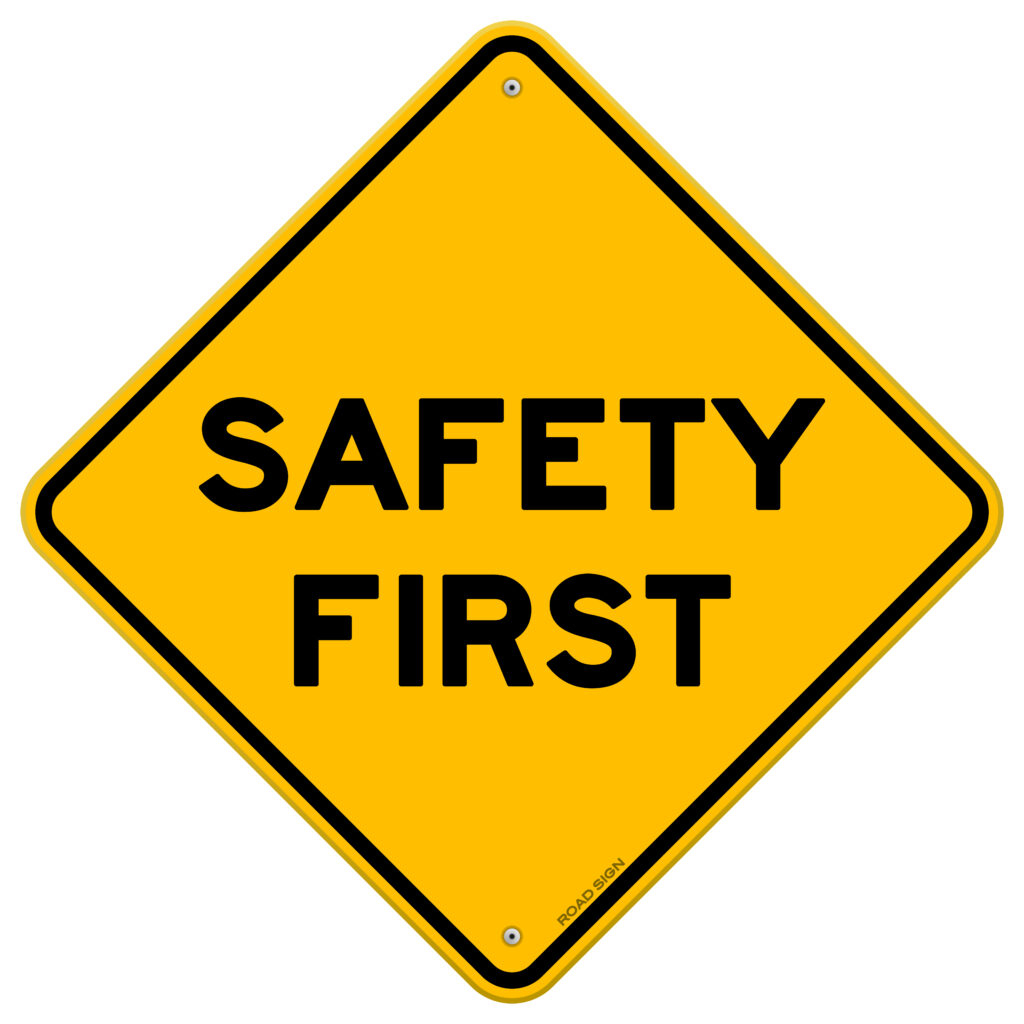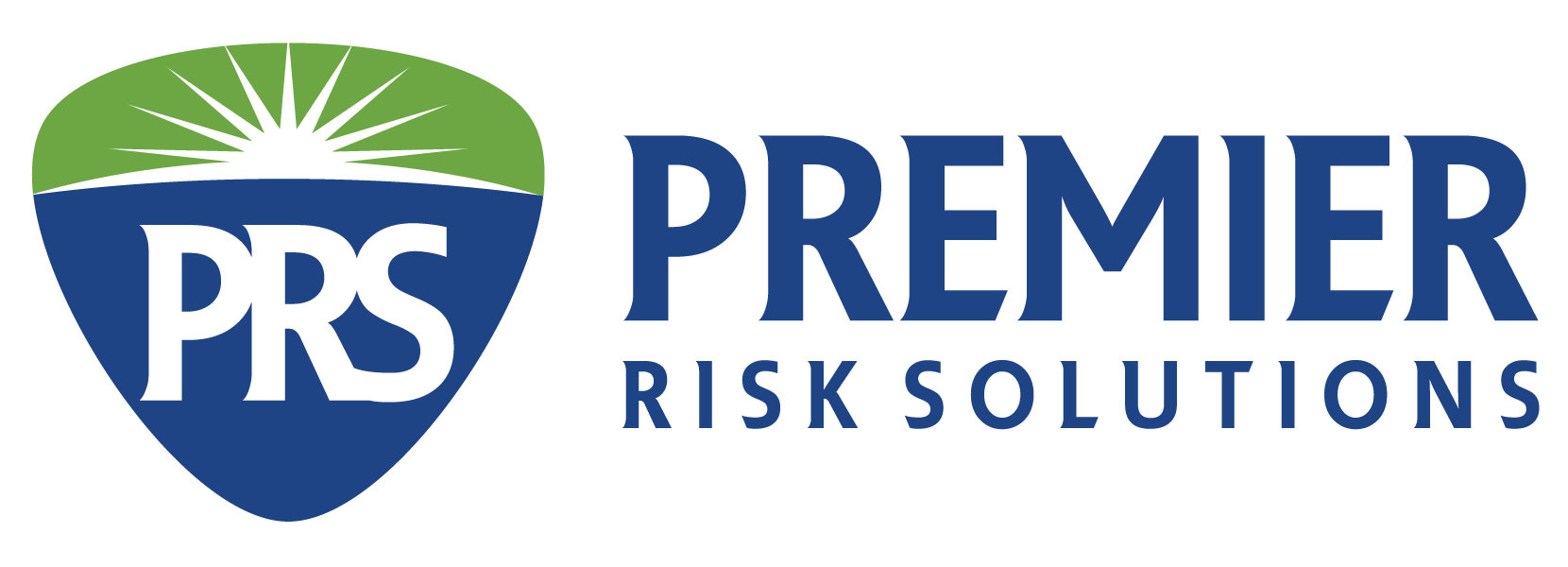In an increasingly complex world where threats come in various forms, protective surveillance plays a crucial role in ensuring safety and security. This advanced security measure is designed to detect, deter, and respond to threats before they escalate. In this blog, we’ll explore the concept of protective surveillance, its applications, benefits, and how it integrates with broader security strategies.
What is Protective Surveillance?
Protective surveillance involves covert monitoring of individuals, assets, or areas to identify potential risks and threats. Unlike traditional surveillance methods, it goes beyond mere observation; it actively assesses situations to neutralize dangers preemptively. This approach is widely utilized in the security industry, especially for high-profile individuals, corporate assets, and critical infrastructure.
At its core, protective surveillance is about blending into the environment while remaining vigilant. It requires skilled operatives who can work discreetly, analyze behavior patterns, and anticipate actions without compromising their position.
Applications of Protective Surveillance
Protective surveillance has diverse applications in various sectors. Below are some common scenarios where this security measure proves invaluable:
- Executive Protection: High-profile individuals, such as politicians, celebrities, and corporate leaders, are often targets for threats ranging from stalking to kidnapping. It ensures their safety by identifying suspicious activities and mitigating risks before they escalate.
- Corporate Security: Businesses often face threats like industrial espionage and sabotage. This safeguards critical assets, intellectual property, and infrastructure by monitoring for signs of unauthorized access or malicious intent.
- Event Security: Large-scale events, such as concerts and conferences, require comprehensive security measures. Surveillance plays a key role in ensuring the safety of attendees by monitoring crowds, identifying potential threats, and coordinating responses.
- Public Safety: Governments and law enforcement agencies use protective surveillance to maintain public order and safety. This includes monitoring areas prone to crime or terrorism and deploying operatives to prevent incidents.
- Residential Security: Protective surveillance is also employed in private settings, such as gated communities or estates. It provides peace of mind to residents by ensuring their surroundings are monitored for suspicious activities.

Key Components of Protective Surveillance
To be effective, protective surveillance must encompass several key components:
- Planning and Coordination: Detailed planning is essential to ensure that operatives know their roles and responsibilities. Coordination among team members is crucial for seamless execution.
- Advanced Technology: Protective surveillance often involves the use of cutting-edge technology, such as CCTV cameras, drones, and sensors. These tools enhance the ability to monitor and respond to threats effectively.
- Situational Awareness: Operatives must possess keen situational awareness to detect potential threats. This involves understanding the environment, identifying anomalies, and predicting behaviors.
- Communication Systems: Reliable communication is vital for operatives to share information and coordinate actions. Secure channels are used to prevent interception.
Benefits of Protective Surveillance
This method offers several advantages over traditional security measures. Let’s delve into some of its key benefits:
- Proactive Security: Unlike reactive security approaches, this proactive stance identifies and addresses threats before they materialize. This proactive stance minimizes risks and enhances overall safety.
- Discreet Operations: Protective surveillance operates covertly, which means individuals being monitored are often unaware of its presence. This ensures that security measures are not disruptive or intrusive.
- Enhanced Decision-Making: By analyzing real-time data and behavior patterns, operatives can make informed decisions to prevent threats. This reduces the likelihood of incidents and improves response times.
- Customized Solutions: Protective surveillance can be tailored to specific needs, whether it’s safeguarding a high-profile individual or securing a corporate facility.
- Integration with Broader Strategies: Protective surveillance seamlessly integrates with other security measures, such as physical barriers, access control, and cybersecurity. This holistic approach provides comprehensive protection.

Challenges and Considerations
While protective surveillance is highly effective, it is not without challenges. Here are some considerations:
- Ethical Concerns: Covert monitoring raises ethical questions, particularly regarding privacy. Balancing security needs with ethical considerations is essential.
- Cost Implications: Surveillance often requires significant investment in personnel, technology, and training. Organizations must assess the cost-benefit ratio.
- Skill Requirements: Operatives must possess specialized skills to excel. Training and recruitment are critical to building a competent team.
- Evolving Threats: As threats evolve, so must protective surveillance methods. Staying ahead of emerging risks requires continuous adaptation and innovation.
- Legal Considerations: Ensure compliance with local laws and regulations while also respecting individuals’ Constitutional rights. Be keenly aware of privacy and trespassing laws when conducting surveillance on property requiring permission or consent. Consult with legal counsel as necessary.

Conclusion
Protective surveillance is a cornerstone of modern security solutions. Its ability to proactively identify and neutralize threats makes it an indispensable tool in safeguarding individuals, assets, and environments. From executive protection to public safety, its applications are vast and impactful.
As technology continues to advance, protective surveillance will evolve, offering even greater capabilities and efficiencies. However, organizations must remain mindful of ethical considerations and adapt to the dynamic landscape of security challenges. By embracing this as part of a broader security strategy, they can create a safer and more secure world.
In essence, this is not just a security measure—it’s a commitment to foresight, vigilance, and excellence in safeguarding what matters most.


